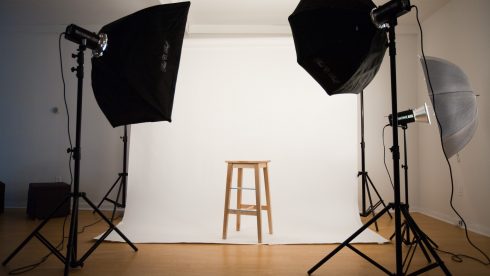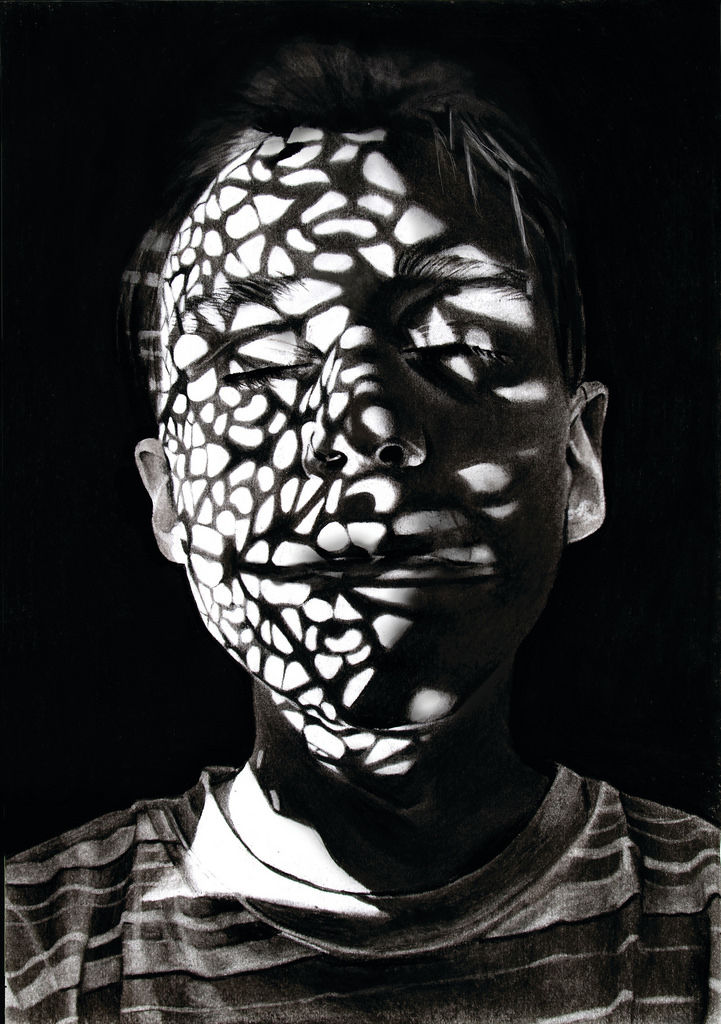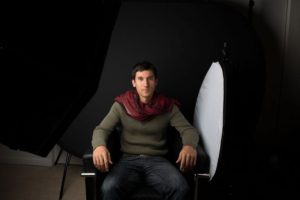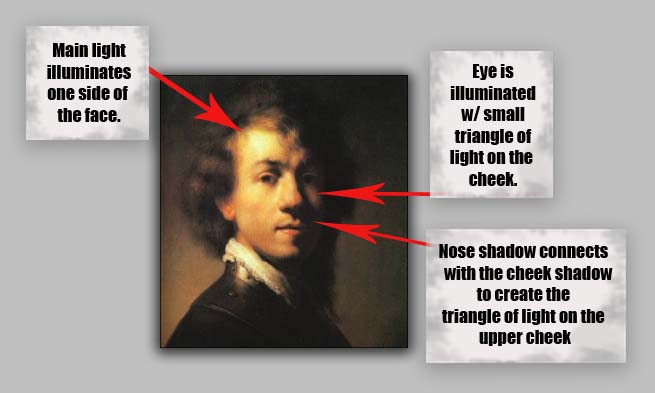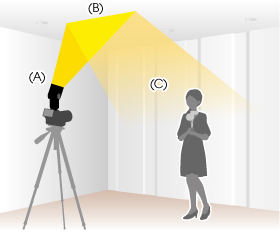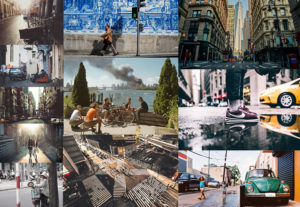Magnum Photos
After the second world war, the world’s most prestigious photographic agency was formed by four photographers : Robert Capa, Henri Cartier-Bresson, George Rodger and David “Chim” Seymour. They had been scarred by the conflict and were motivated both by a sense of relief that the world had somehow survived and the curiosity to see what was still there.
It was important for Magnum’s photographers to have this flexibility to choose many of their own stories. None of them wanted to suffer the dictates of a single publication and its editorial staff.

source – here
Henri Cartier-Bresson
Henri Cartier-Bresson was born on August 22, 1908 in Chanteloup, France. He was a pioneer in photojournalism; he wandered around the world with his camera, becoming totally immersed in his current environment.
To enhance his capacity to take the kind of candid shots he preferred, Cartier-Bresson often wrapped his Leica camera in black tape to make it less obtrusive.
Cartier-Bresson co-founded The Magnum Photo agency (a cooperation owned by its members) that connected the photographers with clients around the world. The agency’s mission was to widely disseminate photographs that were in one way or another exemplary of the modern era and also inherently humanitarian. Examples of his images below.

Source – here
Image Analysis

Technical
The image was taken in natural daylight – this is implied by the fact the photo was shot outside. The photo is black and white so it’s impossible to determine the original white balance, however, what can be determined is the level of contrast; the photo was taken in 1933 (before the invention of Photoshop and such tools) so it’s unlikely that the photographer tampered with the contrast in the post photo shoot stage. When applying Ansel Adam’s zone system to determine the tonal range, this image lacks the darkest black but successfully portrays the rest of the tonal range. The photo has a high exposure due to the large presence of white and since most of the image is in focus, it can be presumed that the photo was taken at a low shutter speed.
Visual
Although the image is black and white it still offers much visual stimulation for the viewers. The hole in the wall acts like a frame and it’s almost as if the children are climbing out of it – this gives the image a 3D element. Many of the subjects are looking directly at the camera, hence looking directly at the audience, their gazes give the viewers an uncomfortable and guilty feeling. The set up is rather ominous to begin with, due to the cropping it’s hard to tell where and what exactly the children are playing in. It could be the remains of a building or factory but it could equally be a street with multiple houses. The image is very bright, and the photographer, Henri Cartier-Bresson, positioned himself directly in the center – this allows our eyes to follow the path and peak into the everyday lives of these people.
Contextual
Cartier-Bresson captured this image during his three-month journey around Spain in 1933 during that time the first anarchist protest came on 8 December and was easily crushed by force in most of Spain. The Spanish Republican Army employed tanks and stopped multiple uprisings.
Conceptual
*Read Additional Information first* The kids playing amongst the rubble are totally unaware of the war happening around them this shows that they aren’t moved by their situation and can still find ways to enjoy themselves. The image successfully portrays that ignorance is bliss (not knowing something or not acknowledging it is more comfortable than facing it). The fact that they change and hide their play when an adult/outsider arrives showcases not only how adults have tampered (and ultimately destroyed) their world but also how much they fear that it will happen again.
Additional Information
While researching for the contextual part of the analysis, I came across another image from the shoot, taken directly before the image I analyzed (according to Henri Cartier-Bresson’s published contact sheet from this shoot).

The children in this photo look a lot happier, their faces show pure ecstasy as they enjoy their youthful days. Their expressions change when they notice the presence of Henri Cartier-Bresson, in the next image they all look bleak, as if caught, this would explain their cold expressions in the next image.


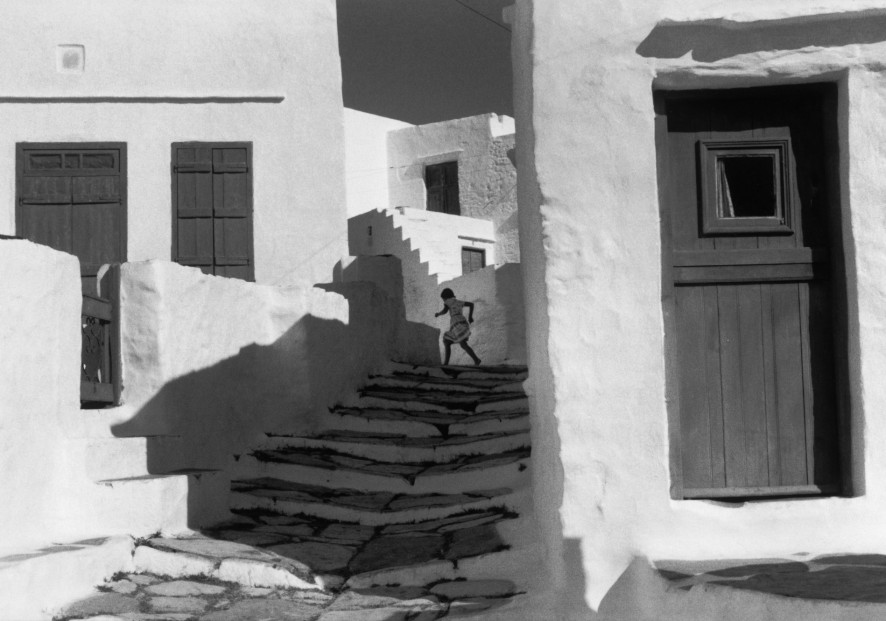







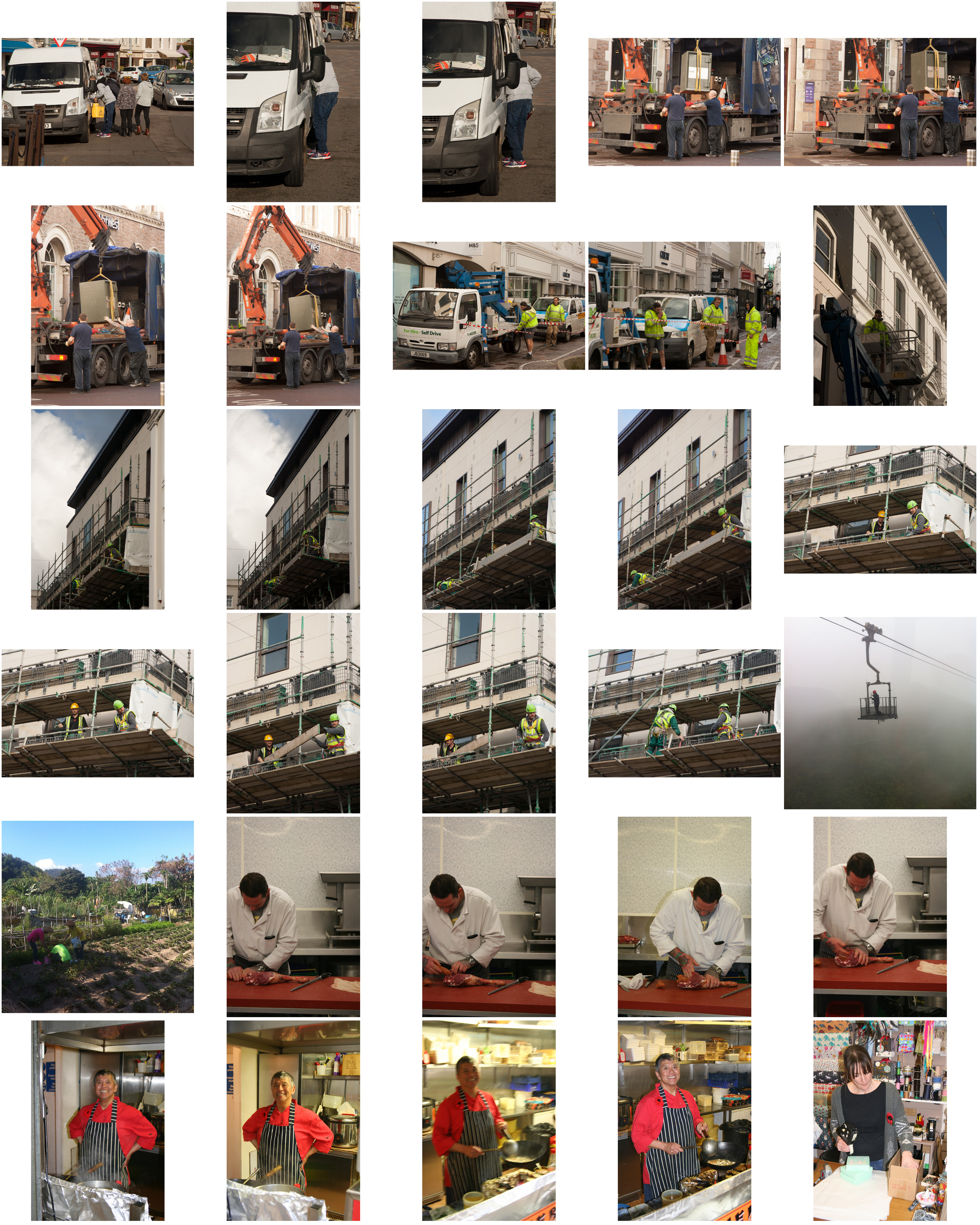




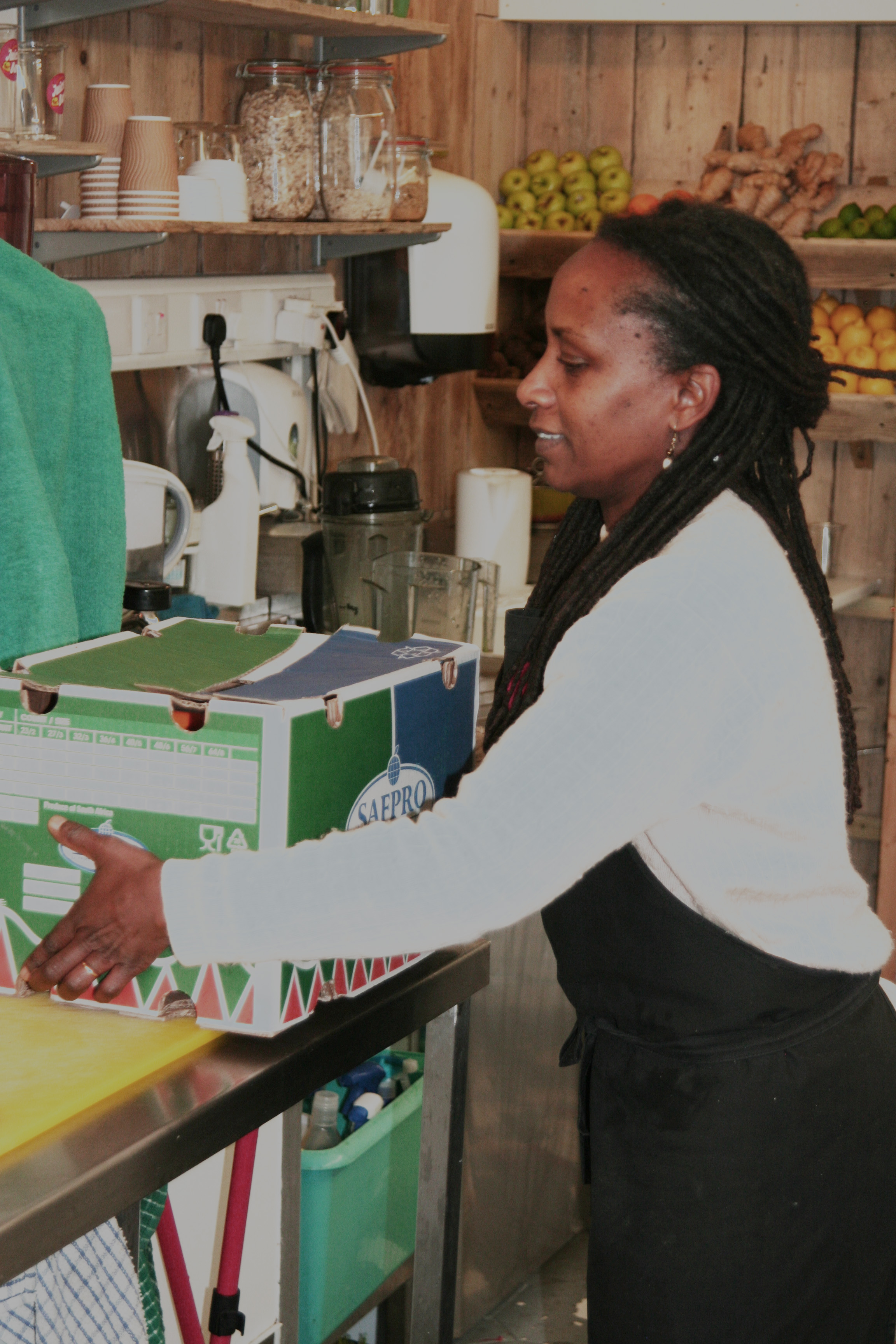


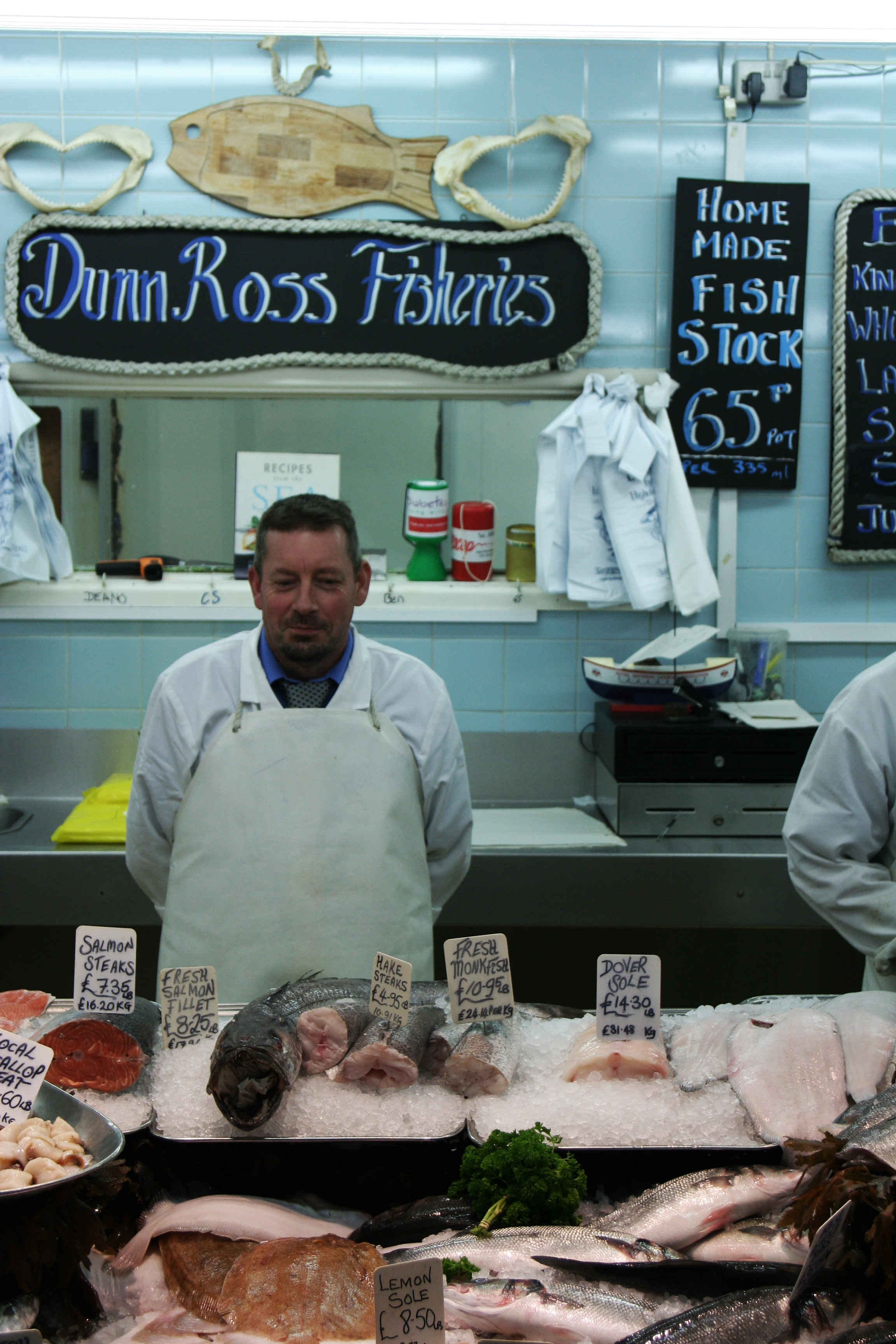




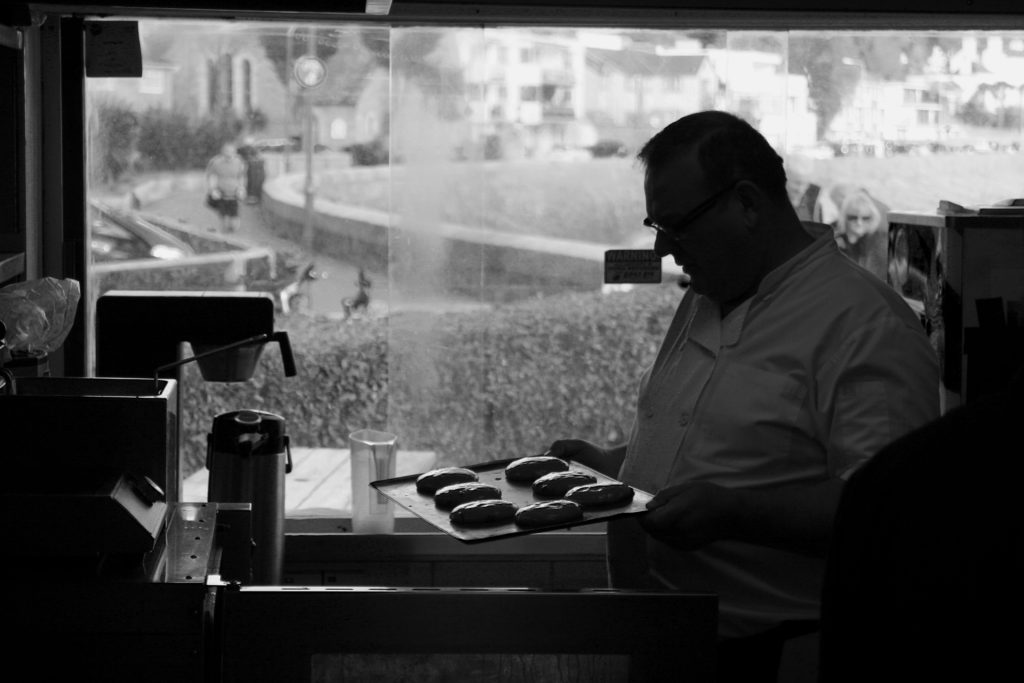
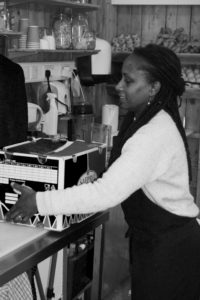
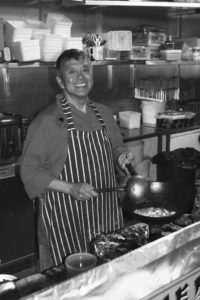

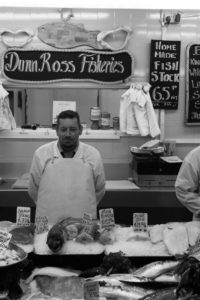

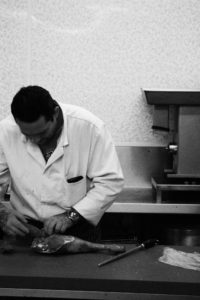
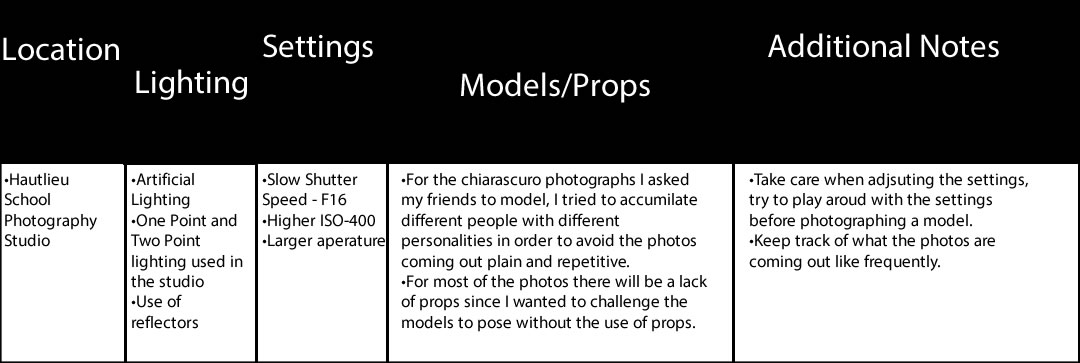

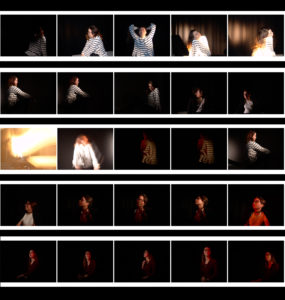















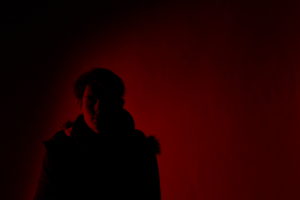
 John Rankin Waddell in a British born photographer most well known for his portrait, fashion and commercial photography
John Rankin Waddell in a British born photographer most well known for his portrait, fashion and commercial photography 


 Davis Bailey is a British born fashion and portrait photographer. Bailey developed a love of natural history this then led into his photography. As he suffered from dyslexia he struggled at school
Davis Bailey is a British born fashion and portrait photographer. Bailey developed a love of natural history this then led into his photography. As he suffered from dyslexia he struggled at school 




